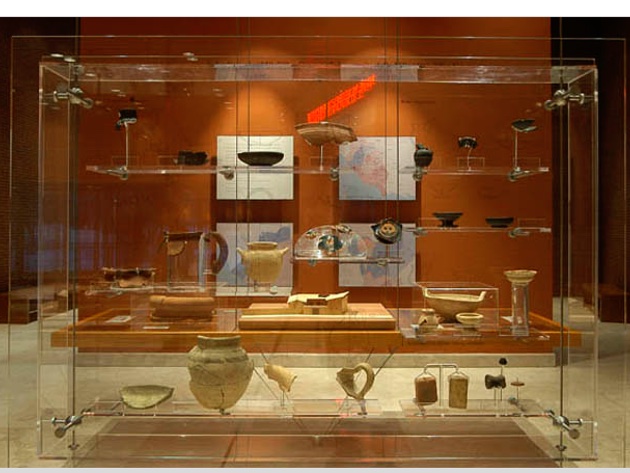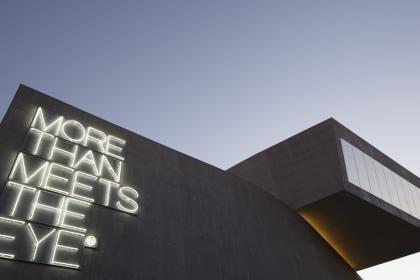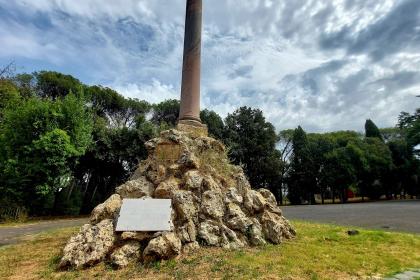
In the 90s, during the works for the construction of the Auditorium Parco della Musica, between the Via Flaminia and the Tiber river, the remains of a suburban Roman villa of over 2,000 square meters were discovered, located in an area that has returned finds between the sixth century. B.C. and the second century A.D.
The oldest phase of the villa consists of a rustic farm from the Archaic period, probably inhabited by a Roman citizen and destroyed around 500 BC. A large patrician villa was later built on its remains.
The hypothesis has been advanced that the latter was annexed to the sanctuary of Anna Perenna, the nymph that the Romans venerated on March 15th, the date of the oldest Roman New Year.
The Roman villa was included in the Parco della Musica complex thanks to Renzo Piano's project which provided for the enhancement of the excavations and the creation of a small archaeological museum.
The museum is divided into two sections. The first exhibits wooden models of the farm, of the villa in the different phases, and the most significant finds, above all the table and cult pottery. The pantry of a kitchen, a bread oven and an oil press are also recreated, attesting the production activities and the storage of foodstuffs. Among the archaeological remains, a corner tile stands out, decorated with the head of a bearded river divinity, probably the mythical Acheloo, son of Oceano and Teti.
The second section illustrates the archaeological emergencies of the area between the Aurelian Walls and the rivers Aniene and Tiber. There is also an opus reticulatum wall belonging to the enclosure of the villa, the remains of which can be admired from the terrace of the museum.
Photo credits: Sovrintendenza Archeologica
Auditorium Parco della Musica Ennio Morricone

 Condividi
Condividi
MAXXI - Museo Nazionale delle Arti del XXI secolo

 Condividi
Condividi
Villa Glori

 Condividi
Condividi
Information
For the opening times and guidelines please check the official website www.auditorium.com/location/museo_archeologico-17718.html
 Condividi
Condividi
Locations
To find out about all accessibility services, visit the Rome accessible section.











































